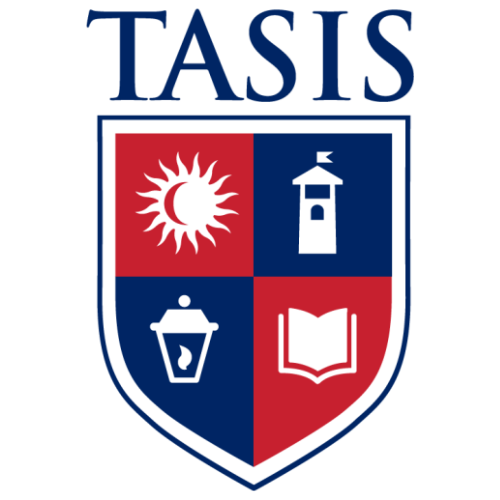by Hollie Nielsen, AWC Central Scotland
 This September, in conjunction with our World Literacy Day book discussion of The Boy Who Harnessed the Wind by William Kamkwamba, the Education Team looks at literacy in Malawi, the setting for William’s windmills. As we read in the book, primary education is compulsory and free to all children in Malawi; in 1994, the Universal Primary Education Initiative (UPE) eliminated primary school fees for all students. This led to steadily increasing literacy rates for many years. However, as we also saw in our book, family and environmental factors can lead to delayed enrollment in school and much absenteeism. Even though schools are free, high student to teacher ratios and lack of equipment hamper learning. Finally, persistence to the last grade in primary school as a percentage of the cohort was only 54 percent in 2016, down from 63 percent in 2011. Thus, while every child is entitled to primary education, not all will be literate by the end of the primary years.
This September, in conjunction with our World Literacy Day book discussion of The Boy Who Harnessed the Wind by William Kamkwamba, the Education Team looks at literacy in Malawi, the setting for William’s windmills. As we read in the book, primary education is compulsory and free to all children in Malawi; in 1994, the Universal Primary Education Initiative (UPE) eliminated primary school fees for all students. This led to steadily increasing literacy rates for many years. However, as we also saw in our book, family and environmental factors can lead to delayed enrollment in school and much absenteeism. Even though schools are free, high student to teacher ratios and lack of equipment hamper learning. Finally, persistence to the last grade in primary school as a percentage of the cohort was only 54 percent in 2016, down from 63 percent in 2011. Thus, while every child is entitled to primary education, not all will be literate by the end of the primary years.
Compounding the problems in primary education, secondary school is not free. In 2019, only 30 percent of age-appropriate children were enrolled in secondary school. Unless a child who cannot pay the fees is extremely determined to further their education, as William was, it is unlikely any formal education will continue. Moreover, a lack of libraries further decreases education opportunities. William was lucky to have a school library and, more importantly, a devoted librarian to help him with his studies.
Malawi’s adult literacy rate, defined as the “percentage of people 15 and above who can both read and write with understanding a short simple statement about everyday life,” was 64 percent in 1998. Unfortunately, the adult literacy rate had declined to 62 percent by 2015, the most recent year for which figures are available. This is marginally better than similarly-situated Mozambique (56 percent) but not nearly as high as Tanzania (77 percent) or even Togo (64 percent). The female literacy rate held steady at about 55 percent from 2014 to 2015, but the male rate decreased from 76 percent to 70 percent. As in many countries (see September 2019 article on literacy in Saudi Arabia), the youth (15–24 year olds) literacy rate is higher, at 76 percent, than the adult rate. While this is good news in that more and more young adults are literate, it’s not good news that 25 percent of the population is illiterate.
Literacy (SDG4 – Quality Education) is important not just for educational benefits but for good health also (SDG3 – Good Health and Well Being). In a National Library of Medicine extract in 2016, Emily Smith-Greenaway found evidence that literacy skills are associated with young adults’ good health in Malawi. She states that, controlling for education/socioeconomic/demographic factors, literacy is related to a 15.8 percent increase in the odds that a young person will self-report very good to excellent health. In addition, an increase in literacy is associated with a lower likelihood of prolonged sickness, which was defined as missing a week or more of school or work in a month. Thus, in addition to increasing an individual’s employment prospects, literacy can increase good health.
While children and adults in Malawi face obstacles to achieving literacy, there are organizations helping. For example, William Kamkwamba partnered with buildOn to rebuild his primary school in Wimbe. Together they built new classrooms and helped the children install wind and solar power to the school. Now the Wimbe students have electricity and laptops. Ripple Africa built a library in Mwaya to support both adult learners and schoolchildren. The organization provided 4,500 books, pays the librarians’ salaries and maintains the library as well as teaching adult education classes. Another example is Temwa, which has developed an Early Grade Literacy Program to improve the literacy rate amongst rural communities in Malawi. The program provides supplemental learning materials to school libraries and creates spelling bee competitions. In addition, they have established Reading Camps where volunteer reading mentors teach basic literacy skills in both the national language of Chichewa and in English. Hopefully these groups can help overcome the challenges to literacy in Malawi.
Sources:
https://rippleafrica.org/project/library-and-literacy-education-in-malawi-africa/
https://www.ncbi.nlm.nih.gov/pmc/articles/PMC4297261/
https://data.worldbank.org/indicator/SE.PRM.ENRR?locations=MW
https://www.macrotrends.net/countries/MWI/malawi/literacy-rate
https://temwa.org/the-right-to-read-and-write/
http://uis.unesco.org/en/country/mw
https://www.buildon.org/our-work/buildon-global
Map of Malawi: Picryl public domain maps


